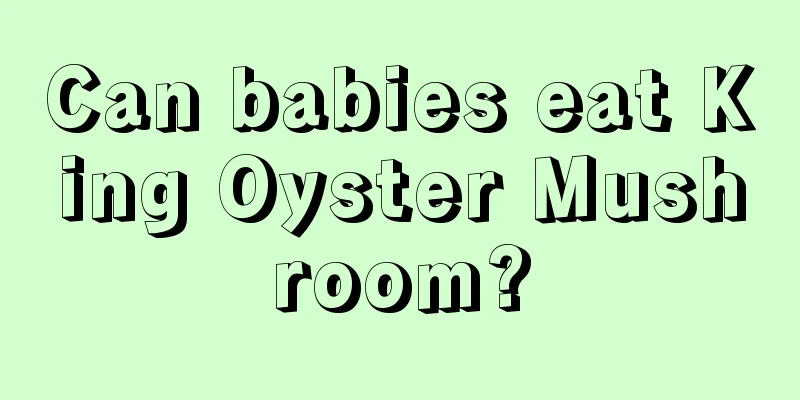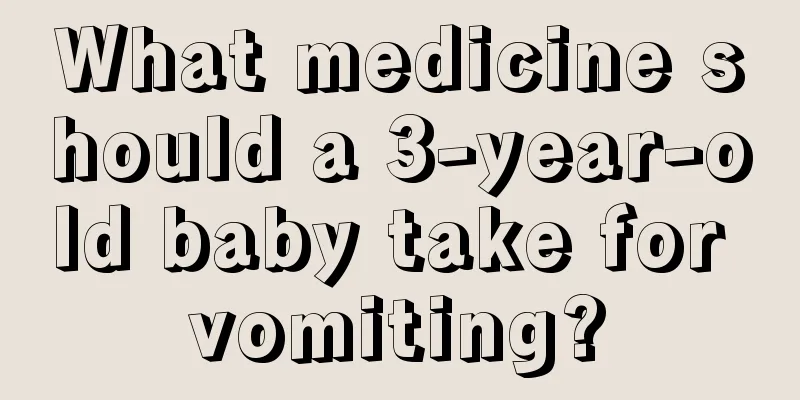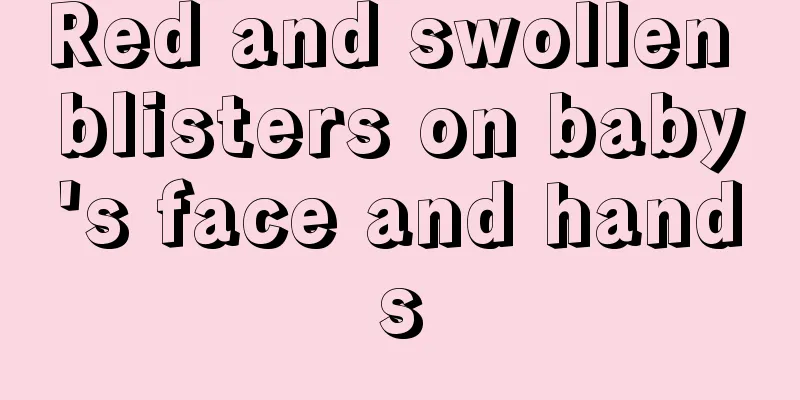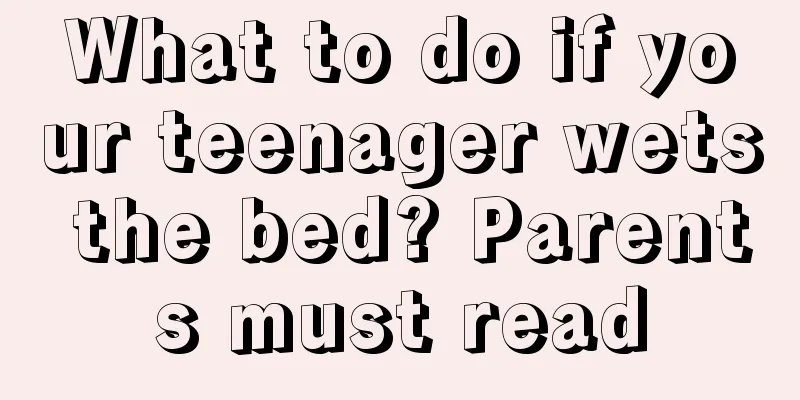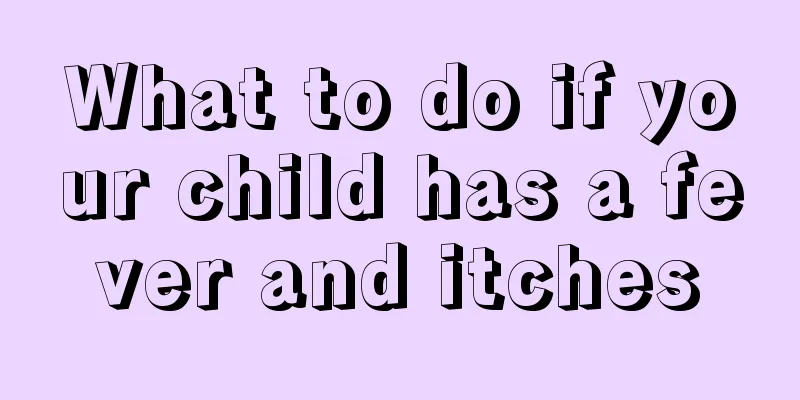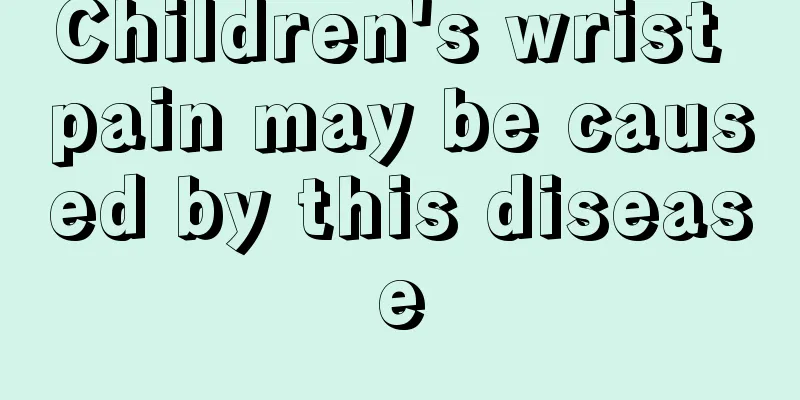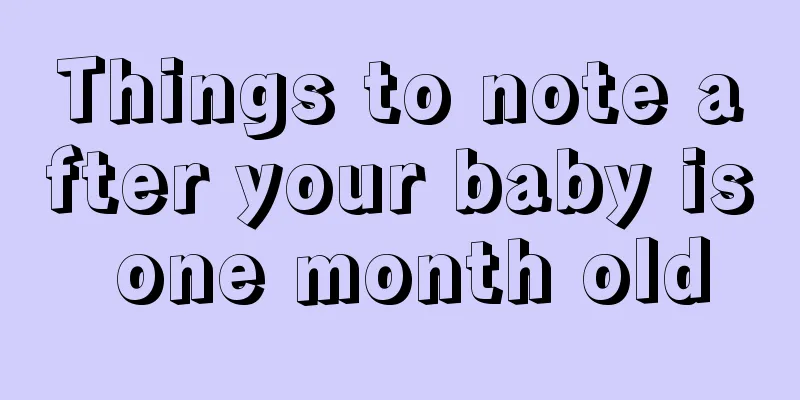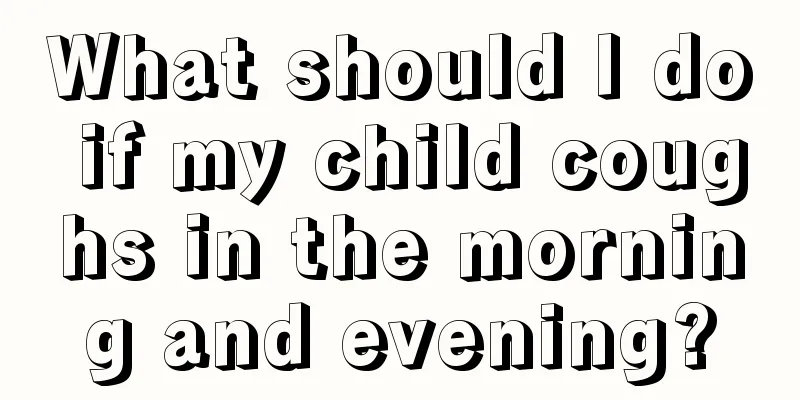How to deal with fever and cramps in children
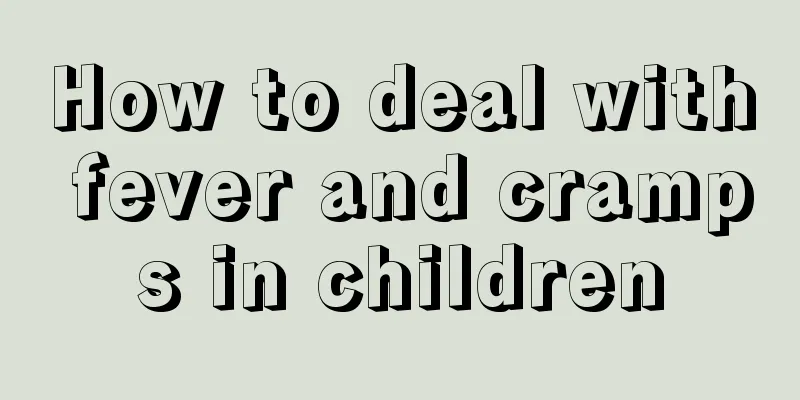
|
The physical health of children is an issue that the family is most concerned about. If a child has some disease, the family should help the child to seek treatment in time to avoid the deterioration of the disease and cause greater harm to the child's body. Fever and convulsions are a common symptom in children. So what exactly causes fever and convulsions in children? How can we help children cope with this symptom? Below we will introduce how to deal with children's fever and convulsions. The initial symptoms of a child's fever are red face, hot forehead, cold hands and feet, and poor spirits. In addition, there are symptoms of various systems, such as runny nose, sore throat, and cough in respiratory tract infections, abdominal pain, vomiting, and diarrhea in gastroenteritis, and frequent urination, painful urination, and low back pain in urinary tract infections. The accompanying symptoms of various systems in infants are atypical, and may only include anorexia, vomiting, and diarrhea. There are many diseases that cause fever. Parents should pay attention to the pattern of their children's fever and accompanying symptoms, and go to the hospital for examination in time and receive early treatment. The normal body temperature of the human body is 36-37℃, 37-38℃ is a low fever, 38-39℃ is a moderate fever, above 39℃ is a high fever, and above 40℃ is an extremely high fever. Director Li suggested that young mothers should not panic when they find their children have a fever, but can take some emergency measures at home to relieve the symptoms. Every family should have a thermometer and antipyretics for emergency use. Children with fever should have their temperature measured every 1-2 hours. It is not advisable to use antipyretics when the child's temperature is below 38.5℃; when the temperature exceeds 38.5℃, physical therapy such as cooling patches or ice compresses can be used to reduce the temperature, or children's cooling tablets can be taken in appropriate amounts; when the temperature exceeds 39℃, the child should stay in bed, open the quilt or loosen the clothes to expose the skin, place an ice pack or a cold wet towel on the head, and go to the hospital for diagnosis and treatment as soon as possible; in the event of high fever convulsions, the child will have staring or upward eyes, loss of consciousness, unresponsiveness to calls, cyanosis of the lips, face and body, and convulsions of the limbs. Parents should immediately press the child's "Ren Zhong" acupoint (at the midpoint of the nasolabial groove), with strong stimulation continuing for 1-3 minutes until the child cries, and then use the above method to quickly reduce the temperature, and also go to the hospital for diagnosis and treatment immediately. Babies under six months old generally do not receive antipyretic injections or take antipyretic medicine when they have a high fever. The best way to reduce the temperature is a warm water sponge bath. Regardless of whether the fever subsides after emergency treatment, the child should be taken to the hospital for treatment. In the above article, we introduced a symptom that children are prone to, that is, fever and convulsions. We know that there are many causes of fever and convulsions in children, so parents should help their children prevent this symptom. The above article introduces in detail how to deal with children's fever and convulsions. |
<<: What to do if your child has leg cramps
>>: There is a small white spot on the baby's face. What is going on?
Recommend
What to do if your child has a stuffy nose
It is definitely troublesome for parents if their...
What are the physical examination items for children in kindergarten?
When a child is about to enter kindergarten, he o...
Symptoms and treatment methods for baby egg yolk allergy
Egg yolks have high nutritional value and can pro...
Where is the best place to apply alcohol when a child has a fever?
It is very common for children to have a fever. T...
How to treat bronchiectasis in children
Speaking of bronchiectasis, I believe everyone is...
Causes of cerebral palsy in children
Many parents want to know why their children suff...
What happens if my child has white spots on his body?
If a child has white spots on his body, it is ver...
Symptoms of viral cold and fever in children
Children have a viral cold, which is a particular...
What are the methods to improve baby's poor appetite and indigestion?
There are many common problems for babies. To sol...
How to improve primary school students' memory
For primary school students, the memory of primar...
What should I do if my baby has a short tongue?
When parents observe their children and find that...
Child's glans pain
Pain involves many factors and occurs in differen...
Normal development age and precautions for boys
We boys will all go through puberty, and we need ...
What is the cause of positive occult blood in infant stool?
Babies who are too young have no self-control and...
Treatment of asthmatic bronchitis in children
Many people are filled with fear about allergic b...

